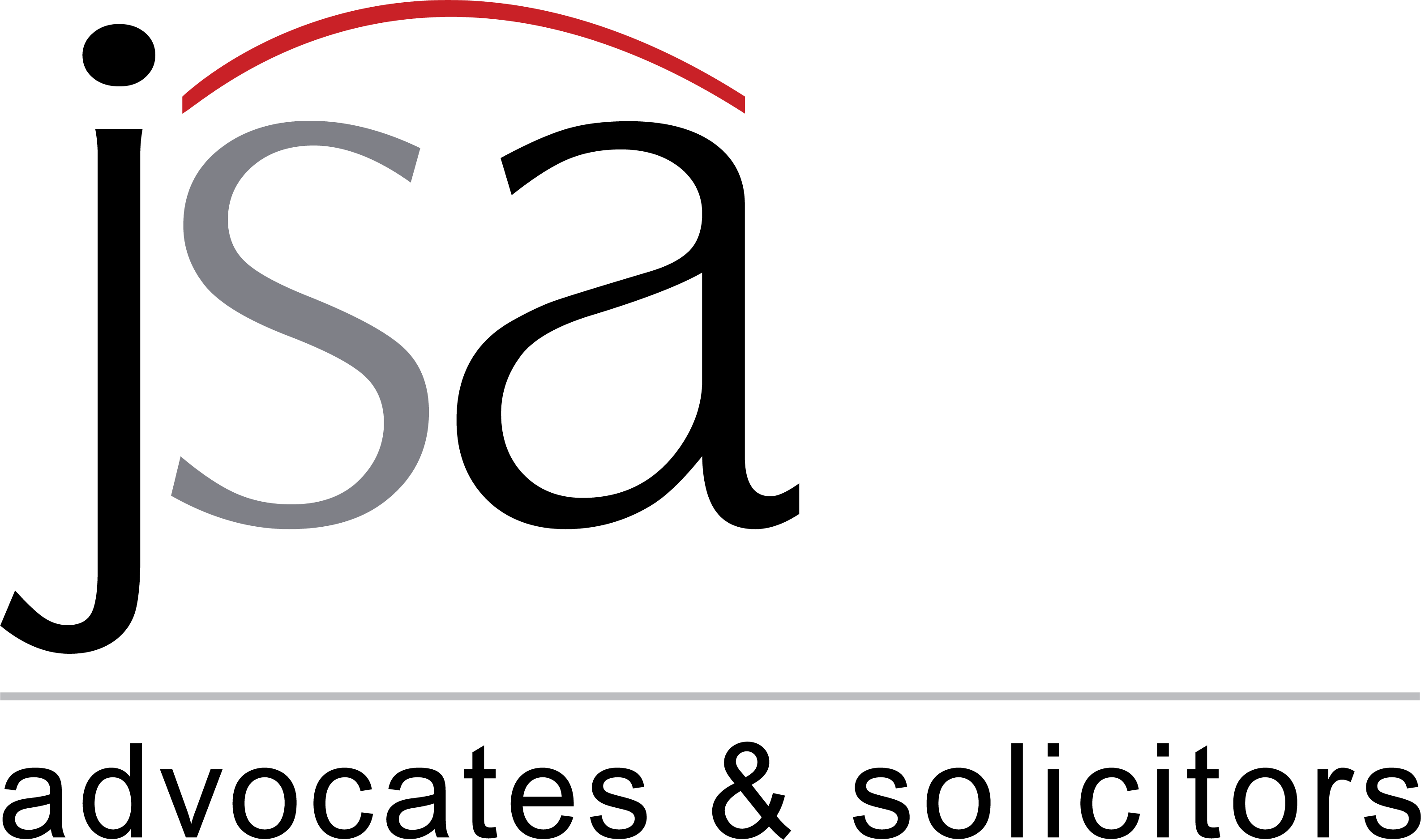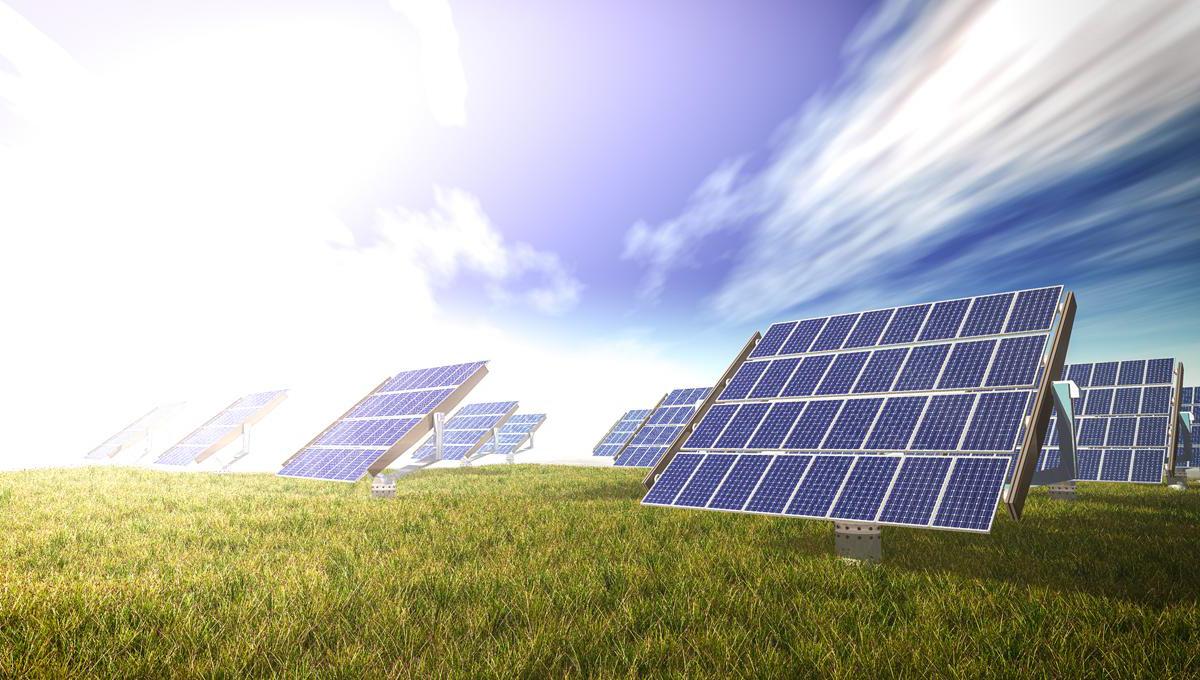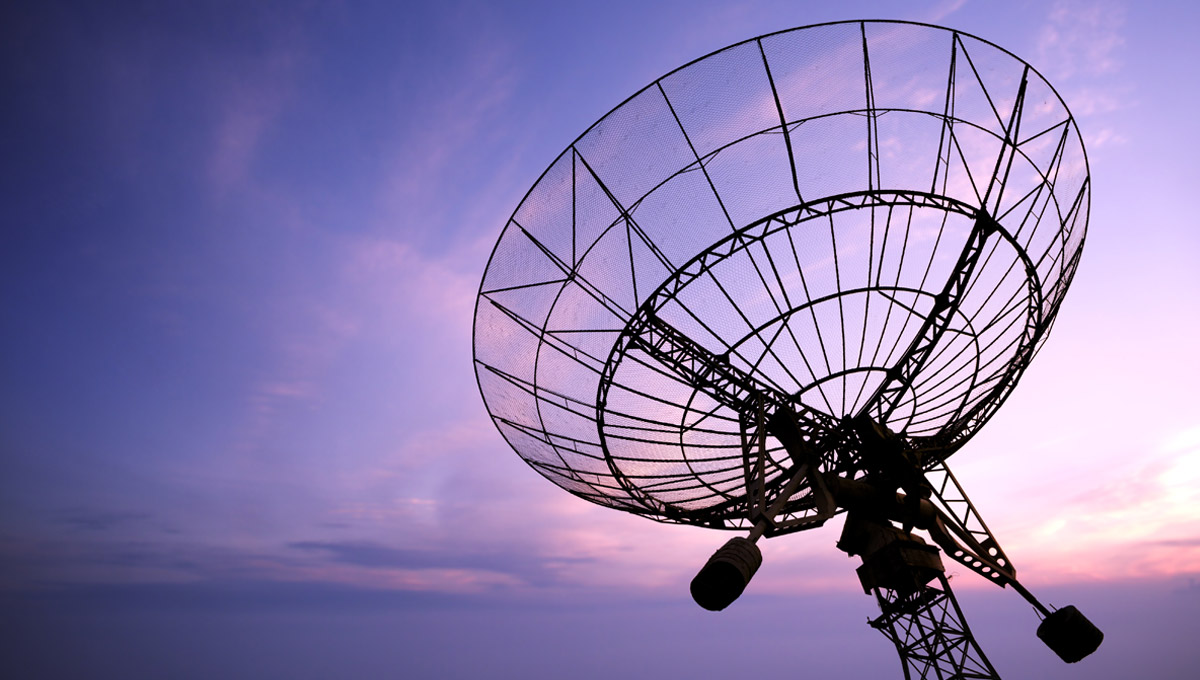Please click here to download the Prism as PDF.
Electricity (Amendment) Rules, 2024
The Electricity Rules, 2005 (“Rules”) underwent a comprehensive re-evaluation in 2023 whereby several amendments to key provisions were made. The reforms in the sector continue with the recent amendment to the Rules by way of the Electricity (Amendment) Rules, 2024 (“Amendment Rules“). Noteworthy among the amendments are the efforts to: (a) enable consumers to set up dedicated transmission lines; (b) rationalize the open access charges; and (c) address the disjunction between revenue and tariff structures.
Establishment, operation and maintenance of dedicated transmission lines
- The Electricity Act, 2003 (“Act”) requires a license for establishing transmission lines[1]. However, an exemption to this provision was created for generating companies and persons setting up captive generating plants for establishing, operating or maintaining dedicated transmission lines by means of the Electricity (Removal of difficulty) Fifth Order, 2005[2]. This exemption saw a rise in demands by bulk consumers that they also be granted exemption from the requirement of obtaining transmission license for the purposes of setting-up dedicated transmission lines.
- It was in light of these demands, the Ministry of Power (“MOP”) has inserted Rule 21 into the Rules exempting generating companies, persons setting up captive generating plants and energy storage systems, and consumers with a load of not less than 25 MW (twenty-five megawatt) in case of Inter State Transmission System and 10 MW (ten megawatt) in case of Intra State Transmission System, from obtaining a transmission license for setting-up dedicated transmission lines, provided that such company, person or consumer complies with the regulations, technical standards, guidelines and procedures issued under the provisions of the Act.
Revised open access charges
- In order to rationalise open access charges, MOP has incorporated a new Rule 22 into the Rules. The said amendment rationalises the (a) the wheeling charges, (b) charges for use of STU networks by short-term open access consumers or temporary general network access (“GNA”) users, and (c) additional surcharge.
- Rule 22(1) lays down the formula for the calculation of wheeling charges as:
| Wheeling Charges = | Annual Revenue Requirement towards wheeling |
| Energy Wheeled during the year |
- Rule 22(2) lays down the guidelines for determination of the charges for using network of State Transmission Utilities. According to this Rule, the charges for using State Transmission Utility network by the consumers availing short-term open access or temporary GNA, as the case may be, will not be more than 100 % of the charges levied on consumers using State Transmission Utility network on long-term basis or on GNA basis as the case may be.
- Further, Rule 22(3) provides that the additional surcharge levied on any open access consumer will not be more than the per unit fixed-cost of power purchase of the distribution licensee concerned.
- Additionally, the proviso to Rule 22(3) further states that for a person availing GNA or open access, the additional surcharge will be linearly reduced from the value in the year in which general network access or open access was granted, so that, if open access is continued to be availed by such person, the additional surcharge will be eliminated within 4 (four) years from the date of grant of the GNA or open access. The said Rule also provides that the additional surcharge will not be leviable on the open access consumers, to the extent that such open access consumer is maintaining the contract demand with the distribution licensee. Furthermore, the additional surcharge will be applicable only for the open access consumers who are or have been consumers of the concerned distribution licensee.
Gap between approved annual revenue requirement and estimated annual revenue from approved tariff.
- The new Rule 23 provides that the tariff will be cost reflective and further stipulates that there will not be any revenue gap between approved annual revenue requirement and estimated annual revenue from approved tariff except under natural calamity conditions.
- The proviso to Rule 23 states that such revenue gap, if any, shall not be more than 3 % of the approved annual revenue requirement. Furthermore, such gap along with the carrying costs at the base rate of the late payment surcharge as identified under the Electricity (Late Payment Surcharge and Related Matters) Rules, 2022 (“Late Payment Surcharge Rules”) will be liquidated subject to a maximum of 3 (three) equal yearly instalments from the next financial year.
- Further, Rule 23 provides that any gap between the approved annual revenue requirement and estimated annual revenue from approved tariff existing on the date of notification of the Amendment Rules, along with the carrying costs at the base rate of late payment surcharge as identified under the Late Payment Surcharge Rules, will be liquidated subject to a maximum of 7 (seven) equal yearly instalments starting from the next financial year.
Conclusion
- The Amendment Rules present a significant stride towards reforming the electricity sector with commendable efforts to enable setting up of dedicated transmission lines for bulk consumers and rationalizing open access charges.
- The amendment qua dedicated transmission line seems to address the practical difficulties faced by bulk consumers to connect to the grid through a dedicated system owned by them. However, this amendment may not be in line with the provisions of the Act. It would be interesting to see how the interplay between the varied Rules and the Act plays out on stakeholder rights.
- The rationalisation of open access charges, including wheeling charges and additional surcharge is a laudable initiative to facilitate uniformity of landed cost of electricity for consumers and to promote open access.
- The requirement to maintain cost-reflective tariffs will ameliorate the financial health of the distribution utilities and improve the viability of the power sector by ensuring that the revenue generated from tariff aligns closely with the operational expenses, capital investments and maintenance costs incurred by distribution utilities.
This Prism has been prepared by:
|
Abhishek Munot |

Megha Arora |
Abhishek Rohatgi |
For more details, please contact [email protected]
[1] Section 12, Electricity Act.
[2] Vide S.O 794(E) dated June 8, 2005, published in the Gazette of India, Extra., Pt. II, Sec. 3(ii), dated June 8, 2005.












